Water is an essential commodity that is needed for the sustainability of man and his environment. To protect and ensure the availability of enough fresh water for human use and consumption, wastewater must be treated before it can be reused or discharged.
To treat wastewater and make it clean, different industrial wastewater treatment methods will be used. The different conventional wastewater treatment methods used for removing contaminants from wastewater are physical, mechanical, biological, and chemical methods.
A detailed process of each of these different water treatment methods is explained below.
Overview of Wastewater Treatment and Disposal
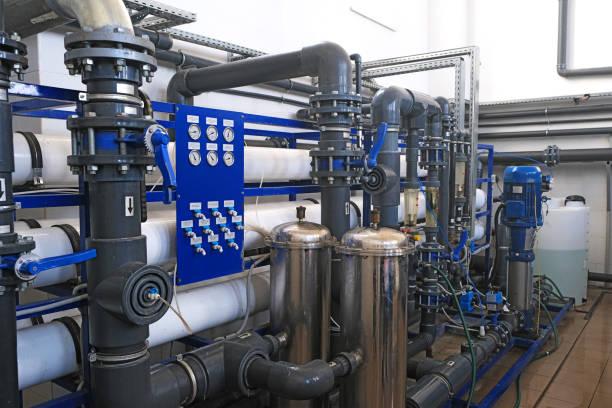
Wastewater treatment and disposal is the act of treating the wastewater (contaminated water) generated either in any residential or industrial area as a by-product. Wastewater treatment involves the processes and mechanisms that are used to treat water that is contaminated by chemical or industrial activities.
The main reason why this water is treated is to recycle/reuse the water, discharging it directly to the environment, or a sanitary sewer. Before the pretreatment process starts fully, there is a need to carry out an evaluation and assessment of the water to be treated. This will help to determine the methods of wastewater treatment that are needed.
Methods of Wastewater Treatment
There are four different wastewater treatment methods, and each of these methods has a different treatment process. However, every treatment process must start with an assessment and evaluation. The four different industrial water treatment methods are explained below:
1. Physical Methods of Wastewater Treatment
Physical water treatment involves the use of physical methods to clean wastewater. This method involves processes like sedimentation, screening, and skimming used for removing the solids in the wastewater. During this process, chemicals are not used at all. Some of the techniques of this method are:
- Sedimentation
Sedimentation is a wastewater treatment process in which heavy or insoluble particles are collected and separated from the wastewater. The water is separated from the insoluble material when the insoluble material settles down at the bottom of the water.
- Aeration
In this process, the wastewater is treated by providing oxygen to it through air circulation.Oxygen or air is added to the wastewater in several ways including surface, spray, and diffused aeration. The aeration process begins immediately after the oxygen is in contact with the water.
2. Mechanical Methods of Wastewater Treatment
Mechanical filtration for wastewater treatment and disposal is one of the conventional wastewater treatment methods and it can be achieved by either:
- Ceramic Membrane Technology
Mechanical filtration for wastewater treatment and disposal is one of the conventional wastewater treatment methods and it can be achieved by either:
- Ceramic Membrane Technology
The ceramic membrane filtration process is the use of ceramic membranes installed housings to filter wastewater. The filtration process will start when the wastewater begins to move through the membranes. A feed pump is responsible for providing the pressure needed for the water to move through the ceramic membrane.
- Sand Filter Technology
This technology has been in existence for more than 200 years ago. It is more applicable where there are downward-flowing fluids that are driven by either gravity or pressure. One downside of this technology is that it may not provide adequate disinfection. The sand filters consist of a large quantity of special-grade sand in a large tank.
3. Biological Method of Wastewater Treatment
This is the use of biological processes to treat wastewater. In this stage, the organic matter like oils, human waste, soap, and food present in the wastewater are broken down. The biological process wastewater treatment method is divided into three categories:
- Aerobic Process
Here, the organic matter in wastewater is decomposed by bacteria and converted into carbon dioxide. Oxygen and the use of aerobic microorganisms (fungi and bacteria) are needed to decompose the organic matter in the wastewater. The aerobic process takes place in an activated sludge reactor where the wastewater is mixed with a lot of aerobic organisms.
- Anaerobic Process
In this stage, fermentation is used for decomposing the organic matter in wastewater instead of oxygen. The microorganisms (anaerobic bacteria) used for this process do not require oxygen to break down organic matter. The waste is fermented at a specific temperature by using fermentation.
- Composting
In this stage, treatment is carried out by mixing the wastewater with sawdust or any other carbon sources. Composting is one of the commonly used methods for treating sludge and transforming it into a useful product that can be used to enrich the soil nutrient.
4. Chemical Methods of Wastewater Treatment
There are different chemical treatment processes, but the most common ones are chemical neutralization, adsorption, precipitation, disinfection, and ion exchange. Though the chemical treatment processes listed above differ, one common similarity they have is that the substance is affected by altering extraneous factors.
- Neutralization
This is the use of acidic or alkaline to control and keep the pH level of the wastewater around 7. If the water lacks sufficient acidity, then an acid will be added to get the required pH level. Also, if the water lacks sufficient alkaline, a base will be added to the water to get the required pH level.
- Adsorption
This chemical industrial wastewater treatment method is a process whereby adsorbents are used to remove soluble molecules from wastewater. Various organic materials like toxic compounds and detergents can be removed by adsorption. For effective results, the adsorbent must be activated before usage.
- Precipitation
The chemical precipitation process involves the use of an acid or alkali to remove dissolved inorganic in wastewater. This method is achieved by altering the temperature or by injecting chemicals. The precipitate can then be removed by either floatation or sedimentation.
- Disinfection
This is a chemical treatment process in which the wastewater is treated by using selected disinfection to inspect or inactivate the pathogens (viruses, microbes, and protozoan) in the wastewater. The primary purpose of this process is to protect the microbial wastewater quality.
- Ion Exchange
The primary purpose of the chemical treatment process is for softening. This process is known as a reversible reaction because a charged ion is replaced with another similarly charged ion. In other words, polyvalent cations are replaced with sodium.
Advanced Wastewater Treatment Methods
Due to advancements in technology, several unique water treatment methods have been discovered. Here are some of the advanced wastewater treatment methods that have been discovered:
1. Desalinization
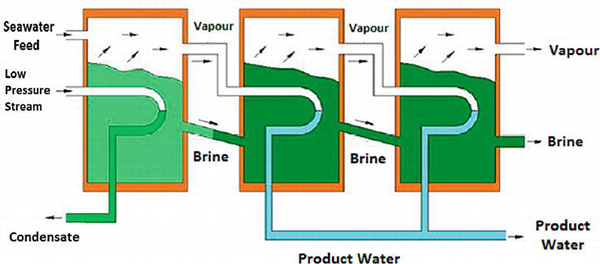
Desalinization plants use multi-stage flash distillation and reverse osmosis processes to turn ocean water into clean and fresh water. The processes make the water safe for human use and consumption by removing the salt in the water.
2. Sono Arsenic Filtering
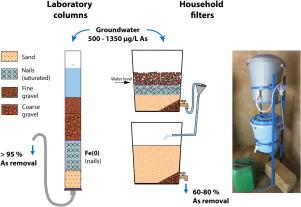
Sono arsenic filtering is a filtering technology that is designed to absorb groundwater, filter the arsenic out, and make it safe for human use. This filter is popular in some parts of Asian countries where clean and safe drinking water is not easy to get. The name of man that developed this filtering technology is Professor Abdul Hussam.
3. LifeStraw
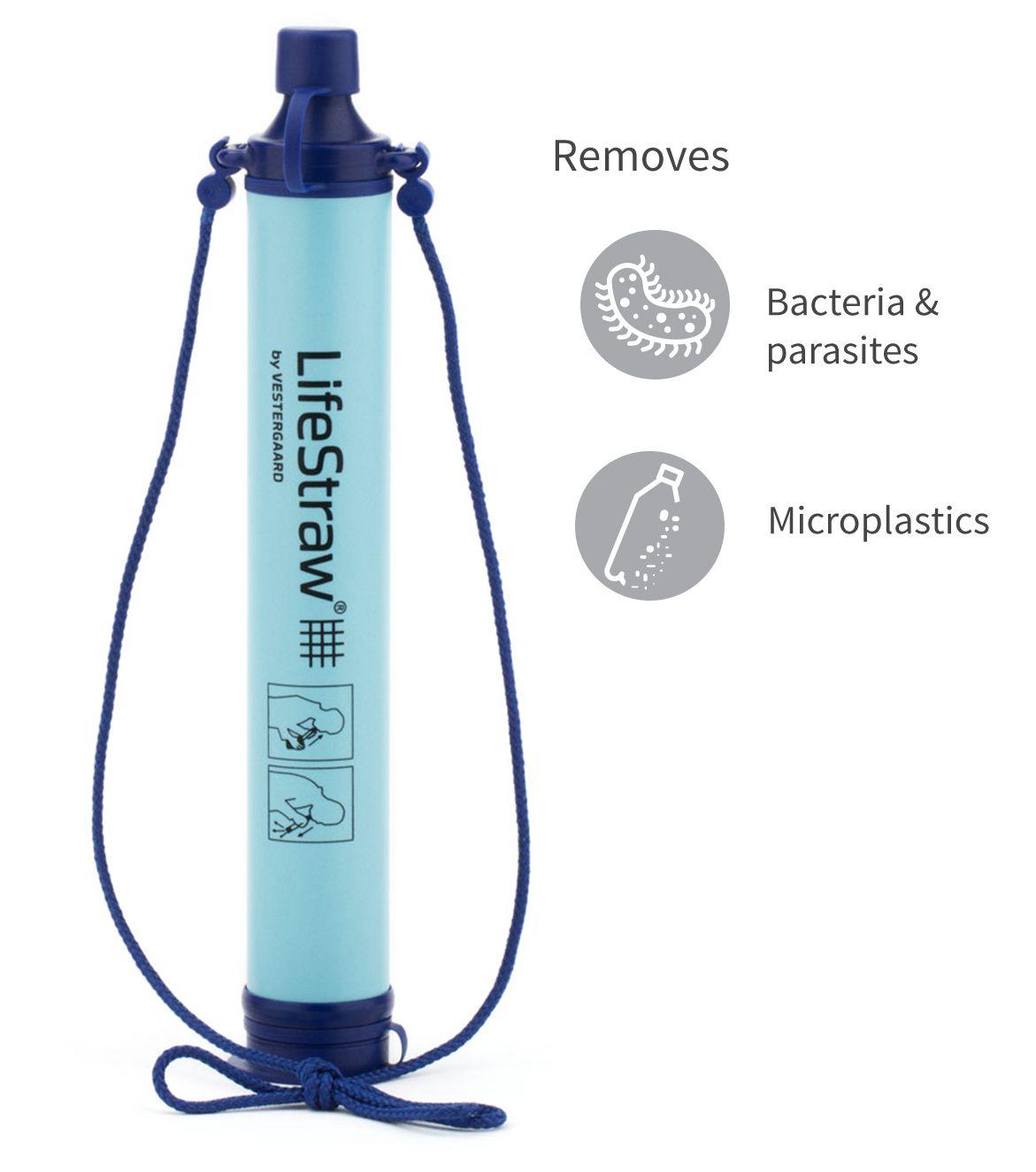
This is an advanced wastewater treatment method that removes contaminants as the water passes through it and makes it safe for human consumption. It allows users to easily drink from a lake or creek; just like they would drink with a standard straw.
4. Membrane Filtration Technology
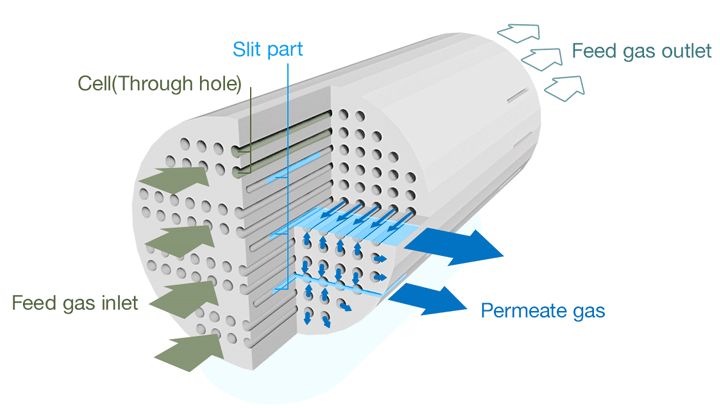
Membrane Filtration technology is quite different from the Sono filter and LifeStraw water treatment process. In membrane filtration technology, a low- or high-pressure membrane system is used to remove contaminants and toxins from the water via several processes like microfiltration, nanofiltration, ultrafiltration, and reverse osmosis.
5. Ultraviolet Irradiation Technology
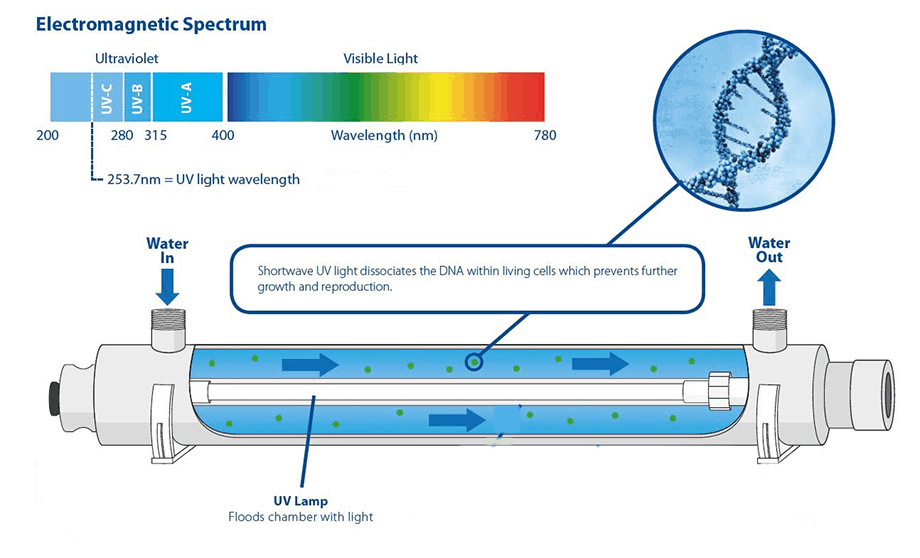
Ultraviolet irradiation technology is an industrial waste water treatment methods that remove contaminants from water by using UV light. This technology removes contaminants and purifies water, air, and surfaces by using the high-energy electromagnetic radiation in the spectrum.
Importance of Valves Used in Industrial Wastewater Treatment Methods
Various valves are used in this water treatment process and each of these valves listed above performs a unique function. Valves used in industrial water treatment methods play a vital role in controlling the temperature and the flow of wastewater. Below are some of the importance of the valves used in industrial wastewater treatment methods:
- Industrial Ball Valve
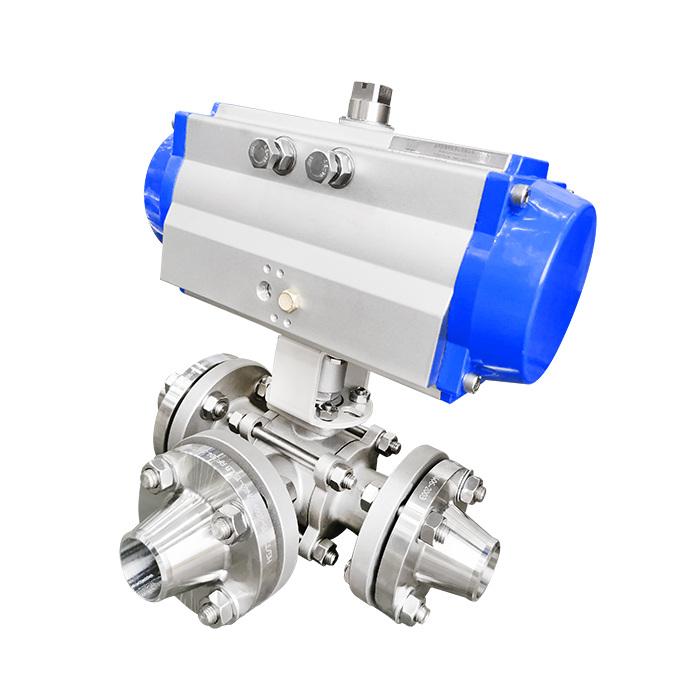
An industrial ball valve helps to regulate the flow and pressure by blocking and enabling the passage of water. Fluid flow through when the ball opens the valve, and fluid stop flowing when the ball closes the valve.
- Butterfly Valve
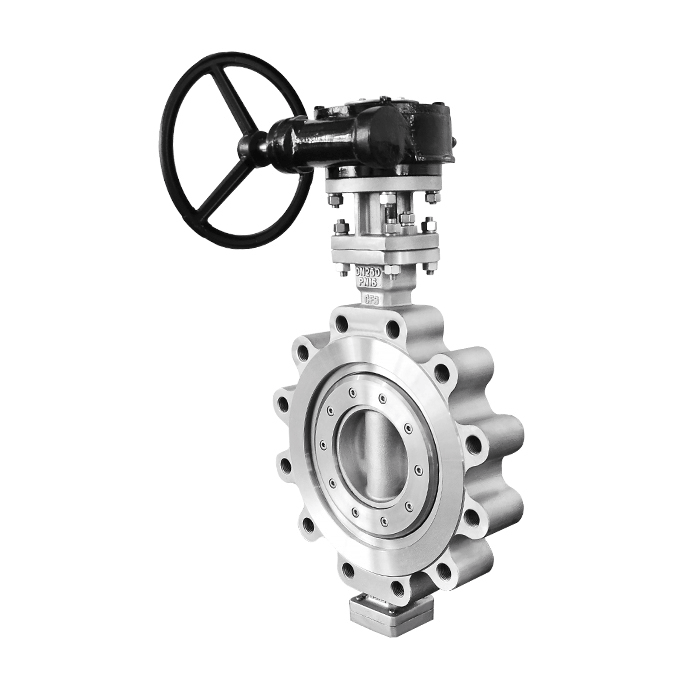
This valve uses a different circular flap to shut and open a pipe. It is mostly used in plants and processing facilities to control and stop the flow of fluids.
- Plug Valve
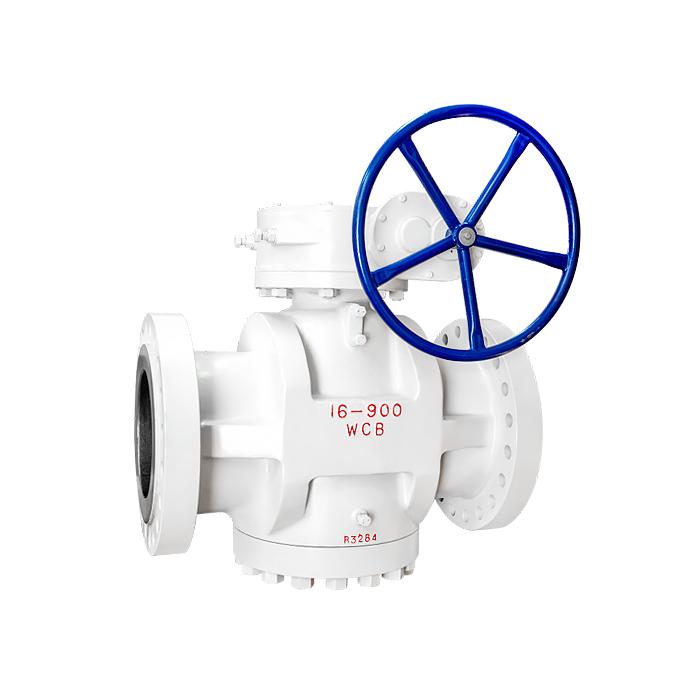
The plug valve uses hydraulic systems to ensure the smooth and effective flow of fluid flow. Aside from initiating and stopping the fluid flow, it can also be used for diverting services.
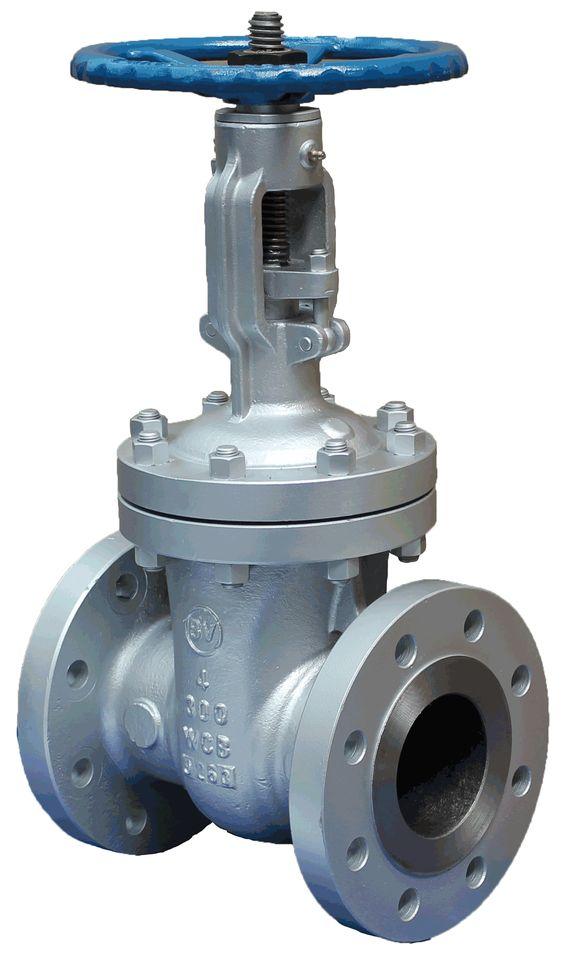
The main function of the gate valve is to completely stop or open the flow of wastewater by releasing and lifting a component known as a plate barrier into the flow stream.
- Check Valve
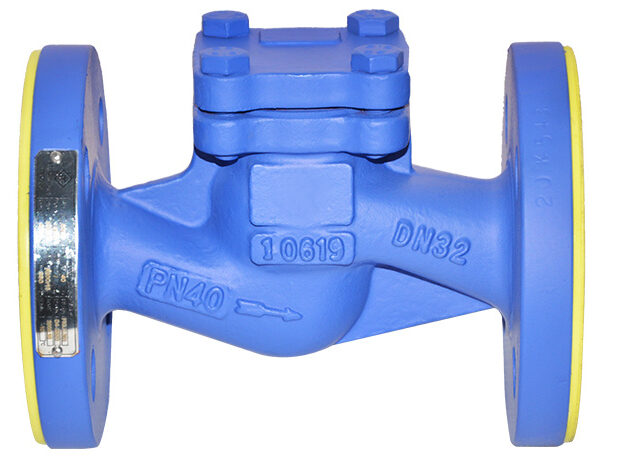
The main function of this valve in an industrial water treatment plant is to allow one-way passage of wastewater while preventing backflow.
- Globe Valve
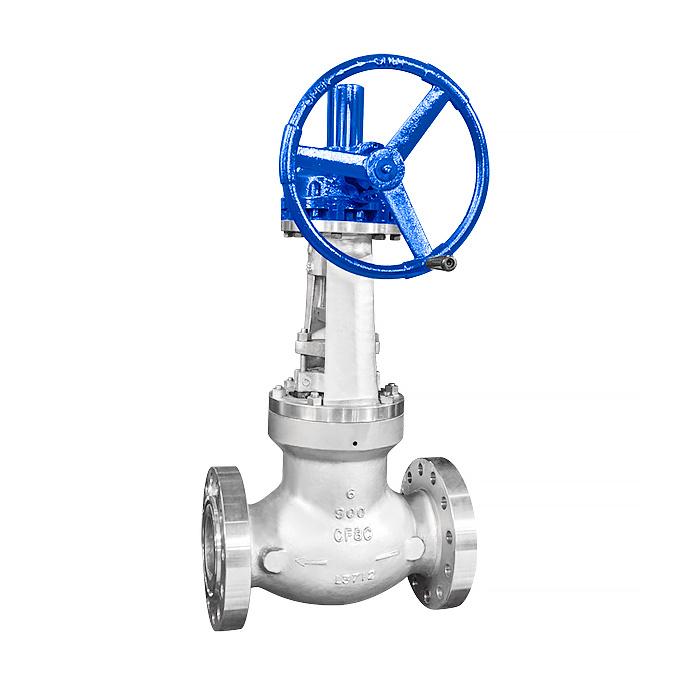
A Globe valve also known as a throttle valve helps to control a pipeline flow. They are used to halt and regulate the movement of liquid through conduit.
- Solenoid Valve
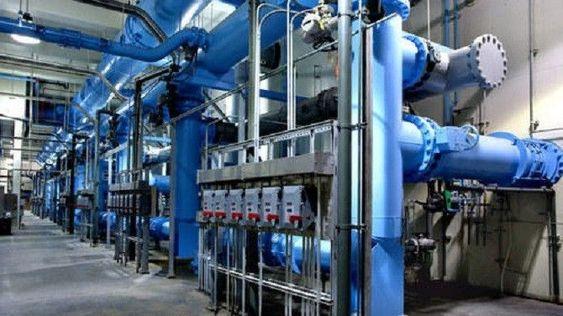
Solenoid valves are majorly used when there is a need for automatic fluid flow control. They are triggered electrically to allow or shut off fluid flow.
Valves are needed for a wastewater treatment plant to run efficiently, reliably, and safely. The use of high-quality industrial ball valve and other valves is essential to get excellent performance in water treatment systems.
Conclusion
Looking for a trustworthy and certified butterfly valve manufacturer that produces and supplies different types of valves around the world?
Dombor is a reliable industrial valve manufacturing company with vast experience and a proven track record in producing used for both advanced and conventional methods of wastewater treatment. Some of the valves produced at Dombor include butterfly valves, gate valves, industrial ball valves, globe valves, plug valves, etc.
Contact Dombor, the leading China valve manufacturer today to get any type of valve.









